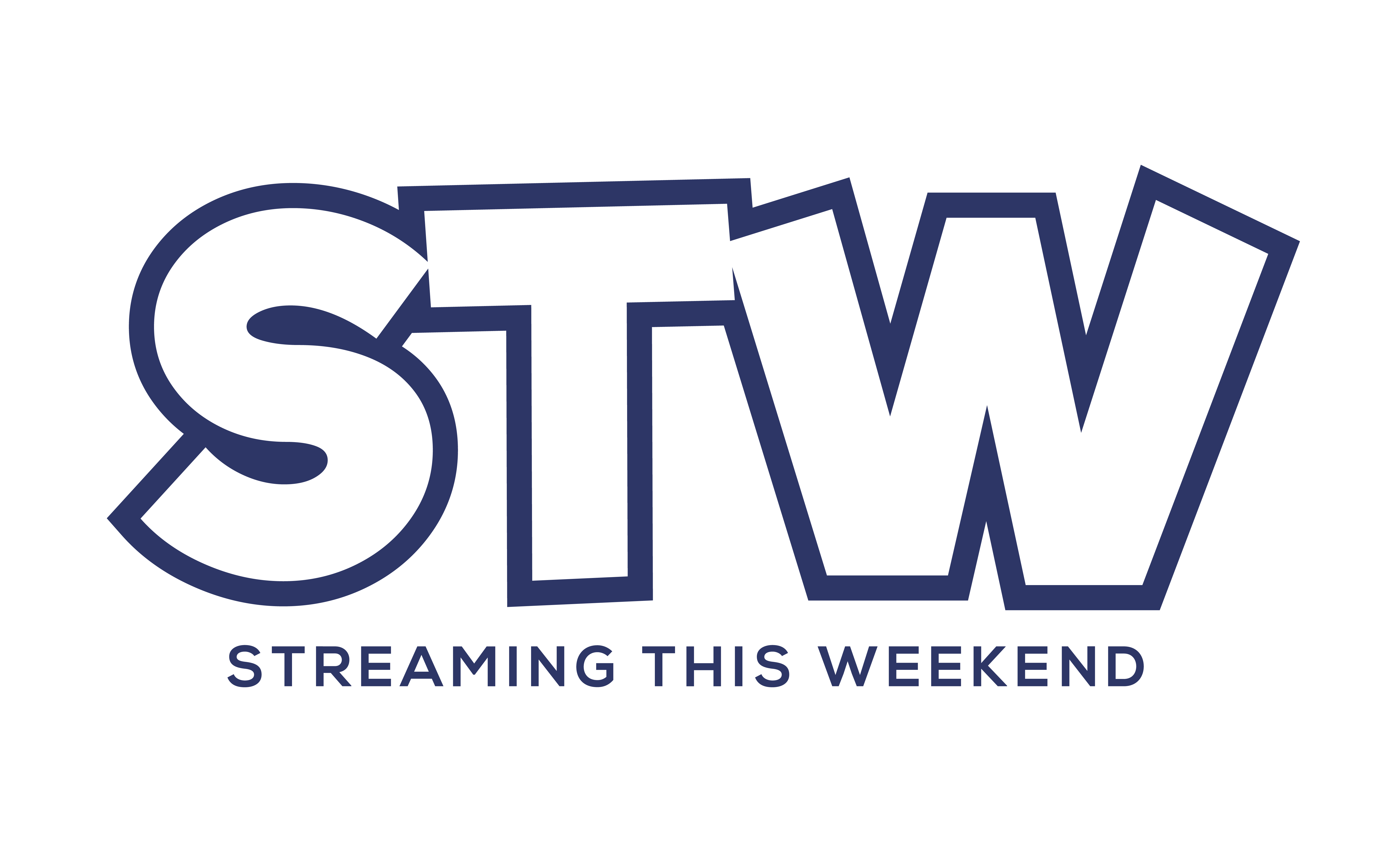Commenting on Lex Friedman’s podcast last month, MrBeast said smaller streamers and content creators have almost no flexibility with advertisers today, arguing that most brands provide a script with a take-it-or-leave-it attitude, giving smaller shops little wiggle room or control of their conversions.
Related: What’s On Twitch Today? The Best Entertainers In 2023
“The ones [advertisers] who don’t give us the artistic element, we just won’t really work with them anymore,” MrBeast said, “you know, we get 100 million views a video now and I can confidently say I know how to entertain them and convert them better than these random brands. So yea, if they don’t give us that freedom, I just won’t work with them.”
But for smaller streamers, MrBeast admits “yea, it’s pretty brutal.”‘
MrBeast says more flexibility in advertising would reduce the cringe
In the ad world, agencies typically try to standardize promotional content to ensure consistency and effectiveness in their advertising efforts. The thought is, by standardizing promotional content, companies can create a recognizable brand identity and messaging that resonates with their target audience.
MrBeast, however, argued that the modern “standardization” effort by companies has made the experience worse for viewers.
“I think, in general, if brands were more accommodating and let creators tell their story,” MrBeast says, “[a] it would be less cringe and people would be less likely to tap, tap [past the ad], and obviously it would convert better, but they’re just so afraid and they want to standardize things. ‘Say these words in 45 seconds, right here at this three-minute mark.'”
So, why don’t agencies give streamers more room to be creative with their ads?
The benefits of standardization
In general, advertisers are always attempting to maintain consistency and build a long-term audience with their promotional content. Brand consistency, in particular, is very important with advertisers as it serves dual purposes; to build brand recognition and trust.
However, there are also cost savings that come with standardization. Kristi Pelzel of Georgetown University argues that brand consistency has enormous benefits that advertisers value for long-term ROI.
“McDonald’s brand is synonymous with the consistency of service. A customer purchasing from the fast-food chain anywhere in the world can have the same service delivery expectations. Highly organized control over the consistency in products and methods of delivery are the keys to their success.”
Advertisers also view standardization through an efficiency lens. Creating content that meets a predefined standard provides advertisers the ability to create content in advance and schedule it for future posts, freeing up time to focus on other marketing efforts. That project management approach also provides advertisers the ability to measure their results, giving them tools to track messaging and consumer feedback along the way.
And finally, advertisers may look at standardization as a way to comply with local or federal laws. For example, advertisers may have requirements to ensure content is accessible for viewers with disabilities or include disclaimers about claims made in promotional materials.
In any case, while standardization gives advertisers the ability to manage their identity, improve efficiency, and measure their efforts effectively, we agree with MrBeast, the collateral is often a cringe script that gives smaller streamers very little flexibility.
Moot point? MrBeast says content is king
Ultimately, whether you’re a small-mid-sized streamer or a popular creator with more control over the advertising content your viewers’ experience, MrBeast says the trick to creating sticky content is producing quality videos and continuous innovation.
“If you want 100 million views,” MrBeast says, “you need something original, creative, something people really need to see, all these things, and so, if you want it to consistently go super well, you need a constant stream of new ideas.”
MrBeast also believes that “luck” has nothing to do with success, arguing that the content creation business is a learnable skill.
“A lot of content creators just don’t, which I didn’t either, just don’t make enough good content that’s worthy of getting 10 million views,” MrBeast says. “My first 500 videos didn’t deserve to get a million views […] the videos were just f*****g horrible […] every six months you should look back and hate your videos, or find things you can improve. If not, you’re not learning anything.”
Will we see more standardization in the future?
With the rise of AI and Chat-GPT, we anticipate more standardization as technologies continue to play a larger role in improving efficiencies, personalizing content, and optimizing ad targeting. This will likely spill over into similar efforts for spoken word campaigns and integrated promotional content.
Regarding AI, there may even be space for using the technology for more advanced tasks like predicting consumer behavior and automating campaigns; all of which require high-level standardization efforts.
Given how dynamic the industry is, however, it’s anyone’s guess as to how much farther agencies will go to improve their brand recognition.
On a positive note, though, we also anticipate newer platforms like Kick will continue to challenge the status quo, offering robust monetization options for creators and providing localized flexibility for content creators and their audiences.

